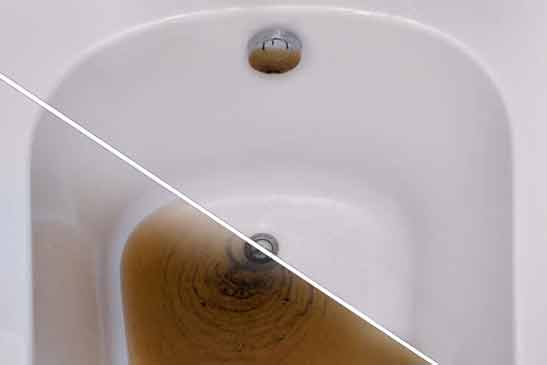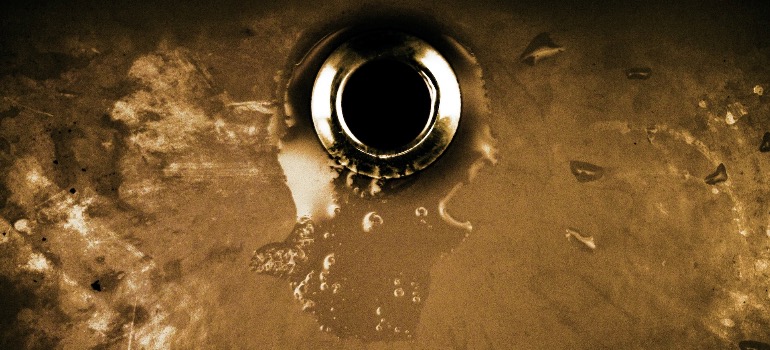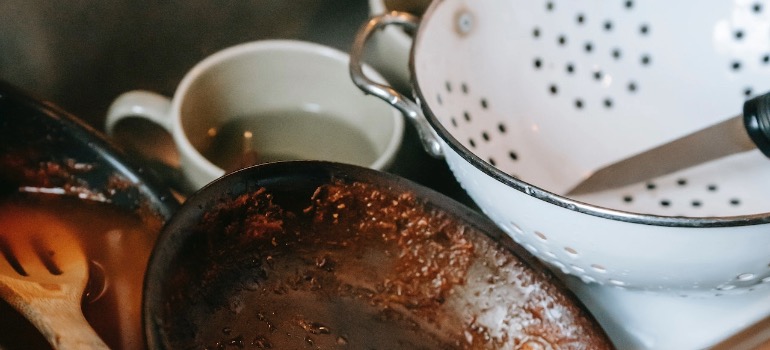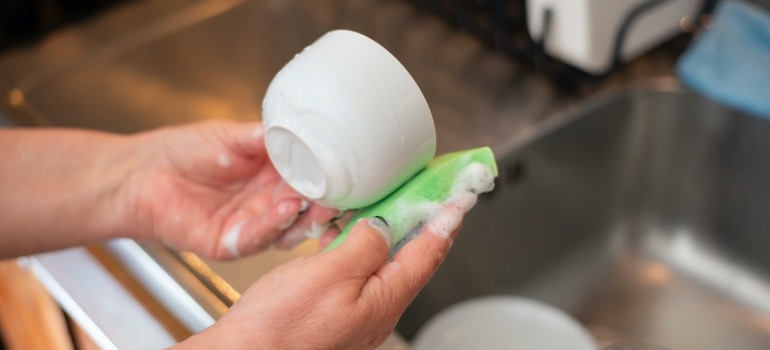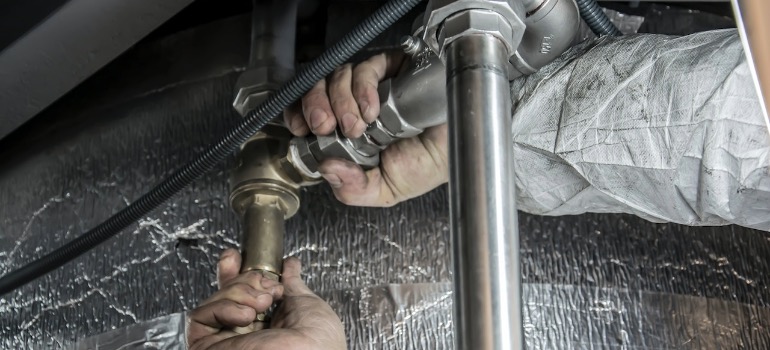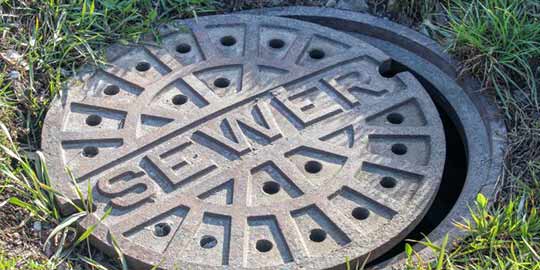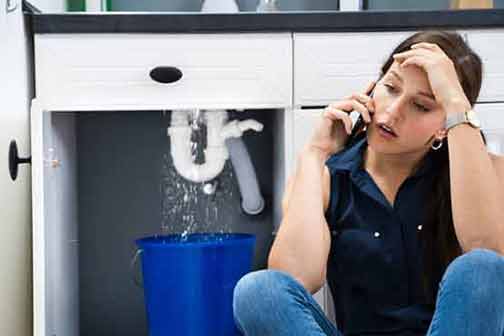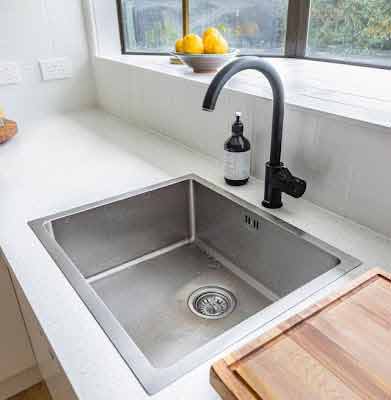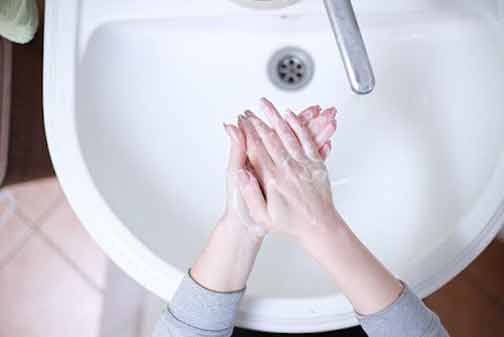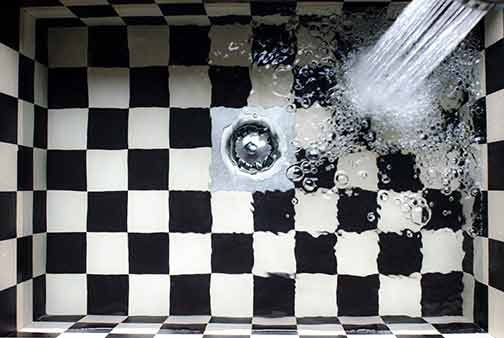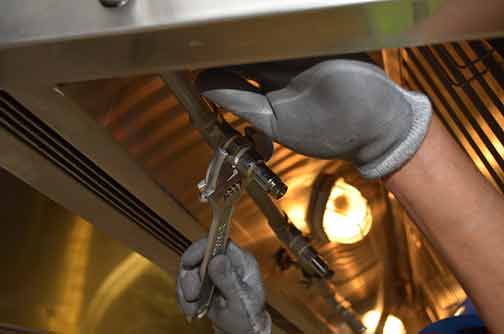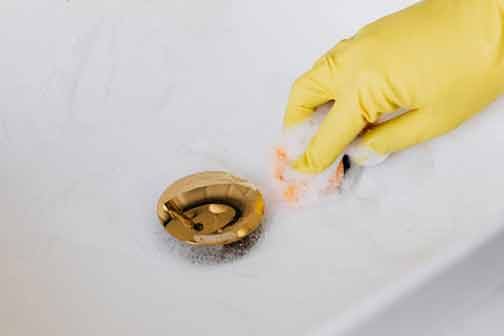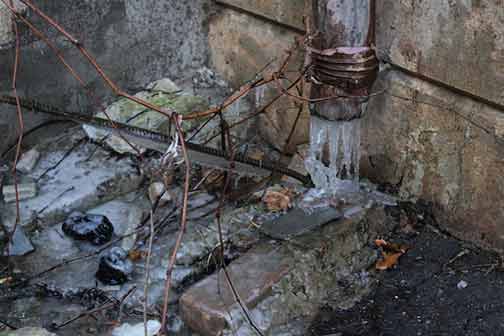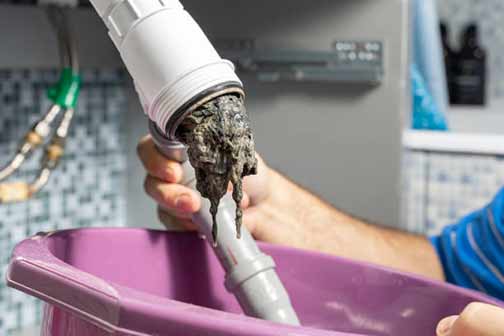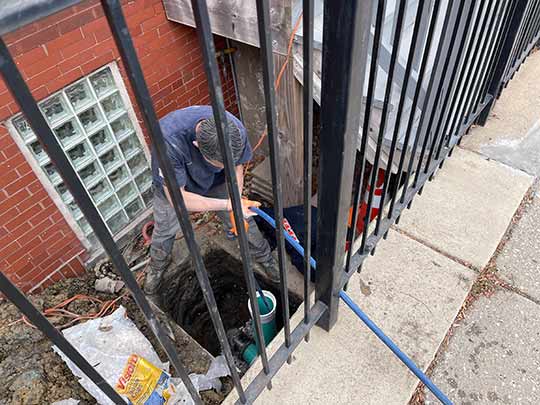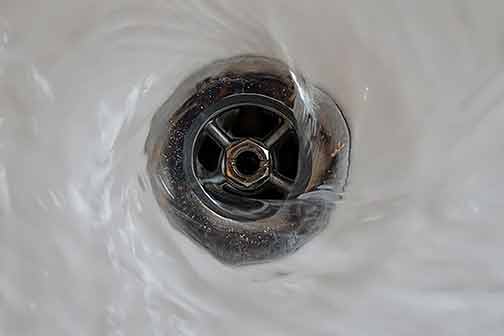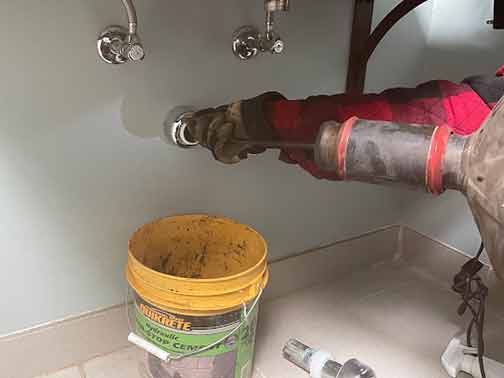If a drain in your home is acting up due to clogs inside the pipe, what is the best way to deal with the problem? Should you troubleshoot the drain and try clearing the clog using DIY methods? Or is it better to get a professional plumber to help you solve the problem?
The right step for removing a drain clog depends on the nature and severity of the problem. Drain clogs are a common and almost inevitable occurrence in the home. And as Lone Eagle Management say knowing the right way to solve them is vital; the proper drain-cleaning method will save you a lot of money.
Most times, issues in your home’s drains are from minor problems in the plumbing. Many of these small issues can be resolved quickly and cheaply using a variety of home remedies. That is why having a few DIY drain-cleaning remedies in your home is essential.
But drain clogs can also result in bigger issues inside the plumbing. These issues cannot be solved with DIY methods; DIY methods may even make them worse. For such drain issues, you need advanced knowledge and professional plumbing tools.
Fixing drain problems costs a lot of money because homeowners don’t know when to hire a professional to look at their drains. They keep using ineffective DIY methods to try and clear the clogs, allowing the problem to degenerate into costly repairs.
What are the signs that a drain clog in your home needs the attention of an expert plumber?
Signs that you need a professional plumber in your home
These five signs are indicative of problems deep inside your drainpipes. DIY solutions and store-bought drain cleaners will not solve these problems. To fix them, you need an experienced plumber.
Several slow drains in the home
When you have a slow-draining fixture in the home, you can fix it by focusing on the single malfunctioning drain. This approach works if the clog is close to the drain opening. But in a situation where the clog is deep inside the drainpipe, focusing on a single slow drain inside the home will not solve the problem. A deep clog inside your plumbing will often cause several drains to be slow together. The way to solve this problem is to have the drain cleaned professionally.
Gurgling noises from your drains
Gurgling sounds from your drains can happen alongside slow drains or on their own. Drains only gurgle when they have trapped air inside the pipes. Air should be able to flow through your drainpipes. But if there is a clog inside the pipe, air will be trapped inside. Whenever water is flushed into the drain, it pushes against that air, compressing it. Eventually, the air will find a way out by forcing itself through the water rushing into the drain. The movement of air through the water is what creates the gurgling sound.
Fouls smells from your drains
This problem can happen simultaneously with gurgling sounds from the drains. When drains function as they should, they keep sewer gases out of the house. Sewage smells will only enter your home when sewer gases escape from the home’s drains into the home. This problem is caused by blockages or leaks in your sewer line. The foul odors may be present across the entire home, in one section of the home, or outside only. You should have your drains camera inspected by a professional plumber if there are sewer odors in your home.
Increase in the number of pests and vermin
Pests are only drawn to places where they can find food and water. If you notice increased pests inside your home or around your yard, you could have a broken drainpipe. A blocked drain line may also have rotting food inside it. That will lead to an increase in the number of fruit flies in your kitchen. A leaky sewer line may also serve as a rich food source for flies and roaches. If this happens, the natural enemies of these pests can also be drawn to your property.
DIY techniques don’t work
Sometimes DIY methods that have worked in the past will suddenly stop working. When this happens, it means that the DIY method did not solve the problem; it only provided temporary relief. It has given the problem time to get worse. That is why the DIY solution no longer works. To fix the drain problem, you need a professional plumber. You also need a professional plumber if you use a lot of chemical drain cleaners in your home. That’s because chemical drain cleaners harm your plumbing.
Get a professional plumber if you observe any of these five signs in your home. Also, even if you don’t see these signs in your home, you may still need a professional plumber if your drains have not been inspected in a long time.
